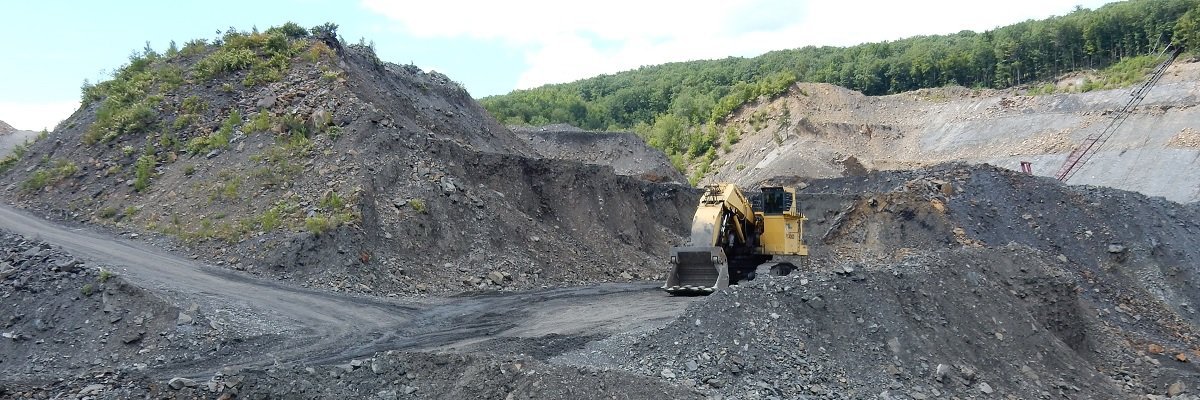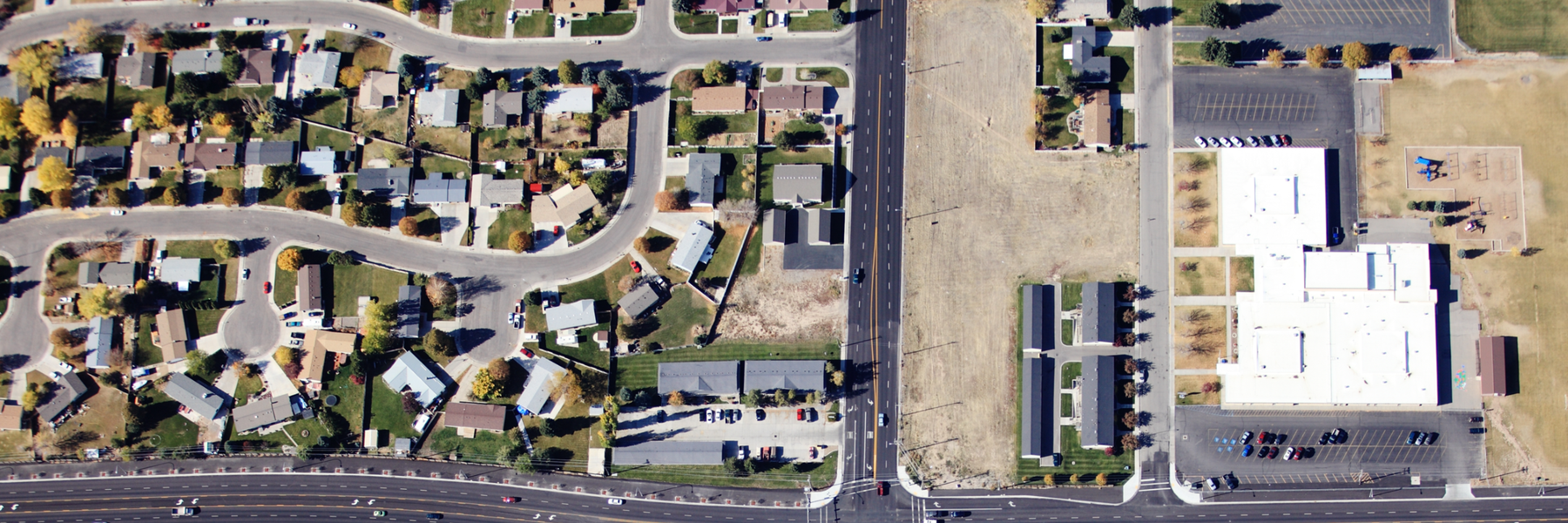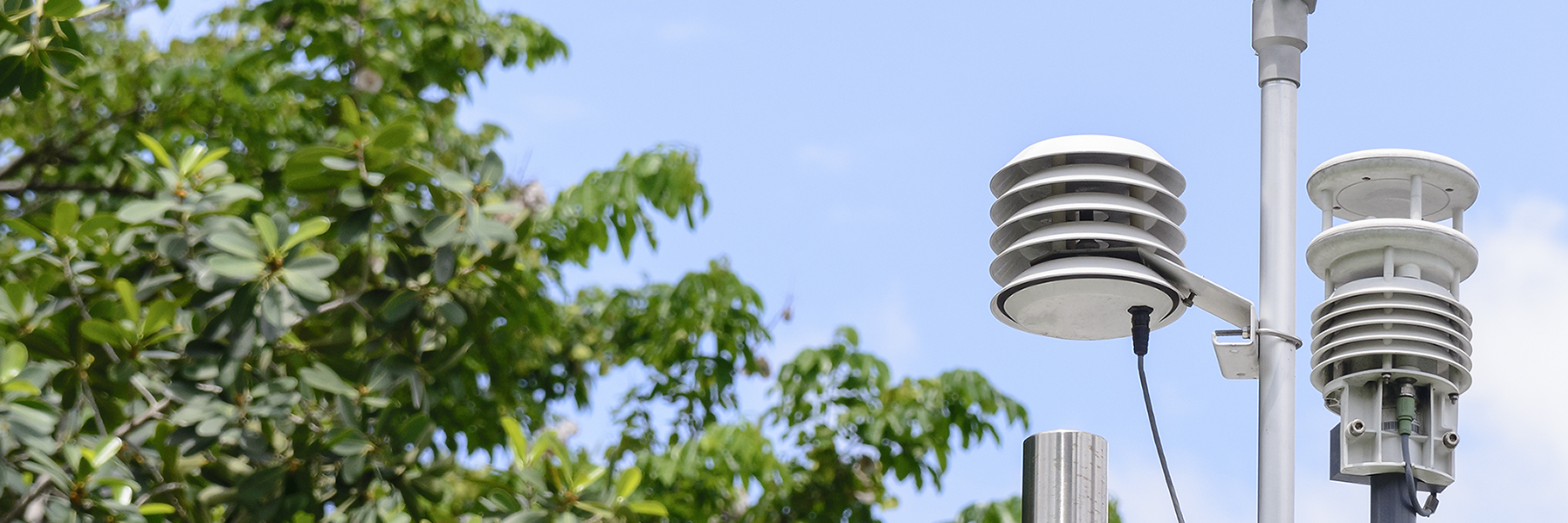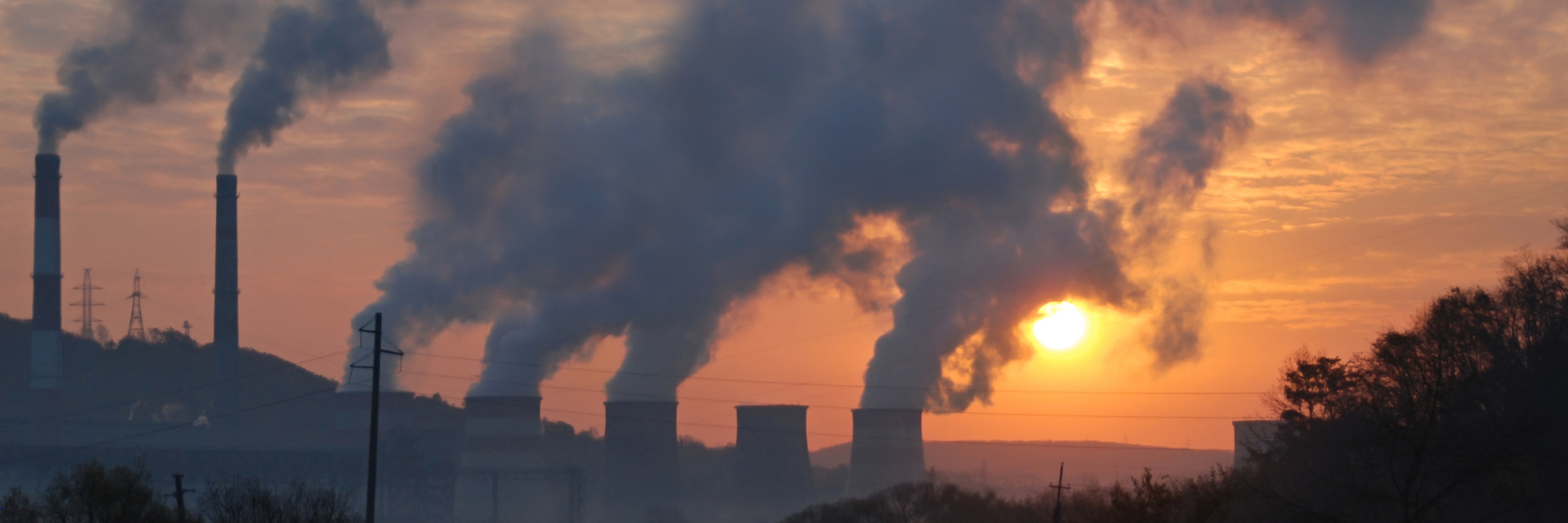In this week’s FOIA round-up, we’ve got dirt on a Federal Communications Commission cover-up effort, long-awaited Chicago stop-and-frisk data, copies of environmental policy executive orders sent to President Donald Trump by a major coal executive, and document devouring tips from a New York Times investigative reporter.
See a great use of public records we missed? Send over your favorite FOIA stories via email, on Twitter, or on Facebook, and maybe we’ll include them in the next roundup. And if you’d like even more inspiration, read past round ups.
The FCC’s dedicated denial of evidence
A collection of over one thousand internal FCC emails released after a lawsuit by American Oversight revealed an effort by officials to falsely substantiate two FCC comment system crashes in recent years, according to a recent Gizmodo article by Dell Cameron.
When comedian John Oliver called upon his viewers in May of last year to flood the FCC with comments demonstrating their support for net neutrality rules then at risk of being repealed, the FCC’s comment system crashed.
Without proof, the FCC stated that the 2017 crash and a previous 2014 crash that occurred under similar circumstances were caused by distributed denial-of-service attacks. Furthermore, FCC officials misled reporters to spread this misinformation.
Read the emails here.
Exploring six years of Chicago stop-and-frisk data
A recent Illinois FOIA request yielded over six years of data about the racial groups most impacted by stop-and-frisk encounters in Chicago.
The request, filed by Lucy Parsons Labs, came out of a Department of Justice investigation that discovered a pattern of unjust police action in the city, including using excessive force and shooting those who pose no immediate threat to officer or public safety.
Check out LPL’s complete findings here.
Big Coal in the White House
A slew of emails and supplemental documents obtained by E&E News revealed that Robert Murray, a major coal industry stakeholder, closely advised Trump about his environmental policy approach.
Most notably, Murray sent Trump multiple drafts of an executive order in late March of last year that included provisions pulling the United States out of the Paris Climate Accord and suspending wastewater discharge and coal-ash emissions regulations.
The article notes that the retrieved documents reveal the extent to which corporate influence has impacted Trump’s environmental policies:
“But the documents provide a further glimpse into the Murray Energy Corp. CEO’s efforts to persuade the federal government to repeal environmental regulations he deemed a burden to his industry. Parts of the coal executive’s proposed action plan have been previously reported, but other elements - like the executive orders - have not.”
Read the full emails embedded below, or on E&E News.
An investigative reporter’s tools of the trade
New York Times investigative reporter Eric Lipton combs through thousands of pages of public records on a regular basis. Here are some of the tools he uses to make his job easier:
- Adobe Acrobat Pro DC: As opposed to a standard PDF viewer, this Adobe program includes a character recognition tool that allows the user to search for keywords in documents.
- DocumentCloud: This application includes several interactive features that offer users additional details and ways to organization information about the people, organizations, and dates included in uploaded documents.
- Logikcull: Lipton says Logikcull allows him to efficiently analyze and annotate several thousand page-long documents.
Read a great FOIA-based news story we should highlight? Let us know and maybe we can include it in our next roundup! Send it over via email, on Twitter, or on Facebook.
Image by Shuvaev via Wikimedia Commons and is licensed under CC BY-SA 4.0




